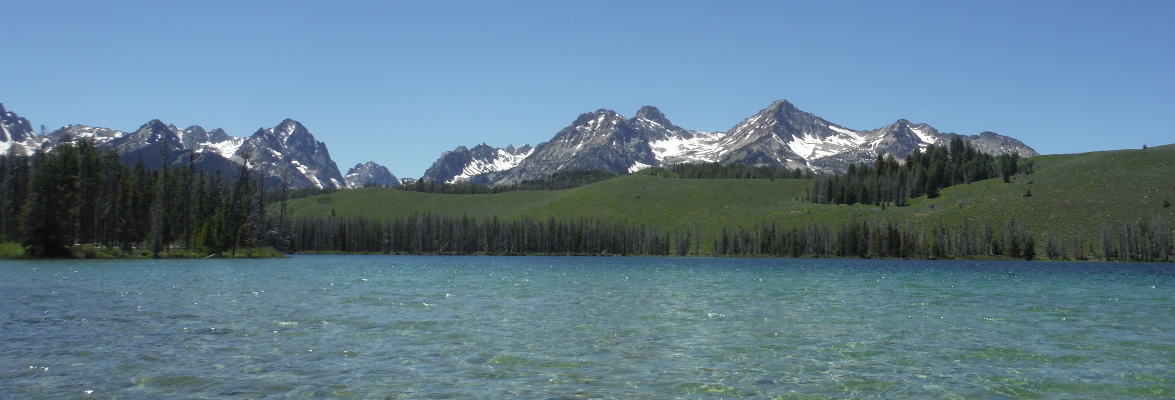The big news from a few months ago was a nuetrino had broken the cosmic speed limit. This anomaly has now been explained as being as simple as a bad fiber optic connect and the GPS linked clock being just a little bit off. Wesley covered this in more detail yesterday.
When a new male takes over a troop of gelada monkeys he will kill any pre-existing young, that is the ones that he didn’t father. It’s now been observed that the females of the species will generally abort their young once a new male arrives. This makes since considering that pregnancy is quite expensive in terms of energy required and there’s no point in carrying a fetus to term if it’s just going to be killed as soon as it’s born. (New Scientist)
The loss of arctic sea ice results in significantly warmer winter weather in the arctic (4 degrees C warmer), but it may cause colder winters to the south (New Scientist). Climate change is also changing the flavor of Australian wines due to the faster ripening (Scientific American).
Researchers at MIT are using hard spheres packed with RNA to deliver it to the needed areas for cancer treatment. This is an interesting take on gene therapy as it it would minimize the risk of modifying the genes of healthy cells. It also seems kind of similar to bunker buster bombs or a guided missile in a way. (Massachusetts High Tech)
It’s long been thought that women are born with all the ova they will ever have already present. A team at Massachusetts General Hospital has now found ovarian stem cells that can be used to produce new eggs. (Scientific American)
Check out this video about Australopithecus Sediba, a one of the earliest hominid skeletons found to date:

Permalink
Loss of sea ice can also disrupt the Gulf Stream current with the extra fresh water. This current of course transports warmth to Europe. So in addition to snowier conditions it could be colder too.
Of course this would be a local effect on top of a larger global canvas of general warming.